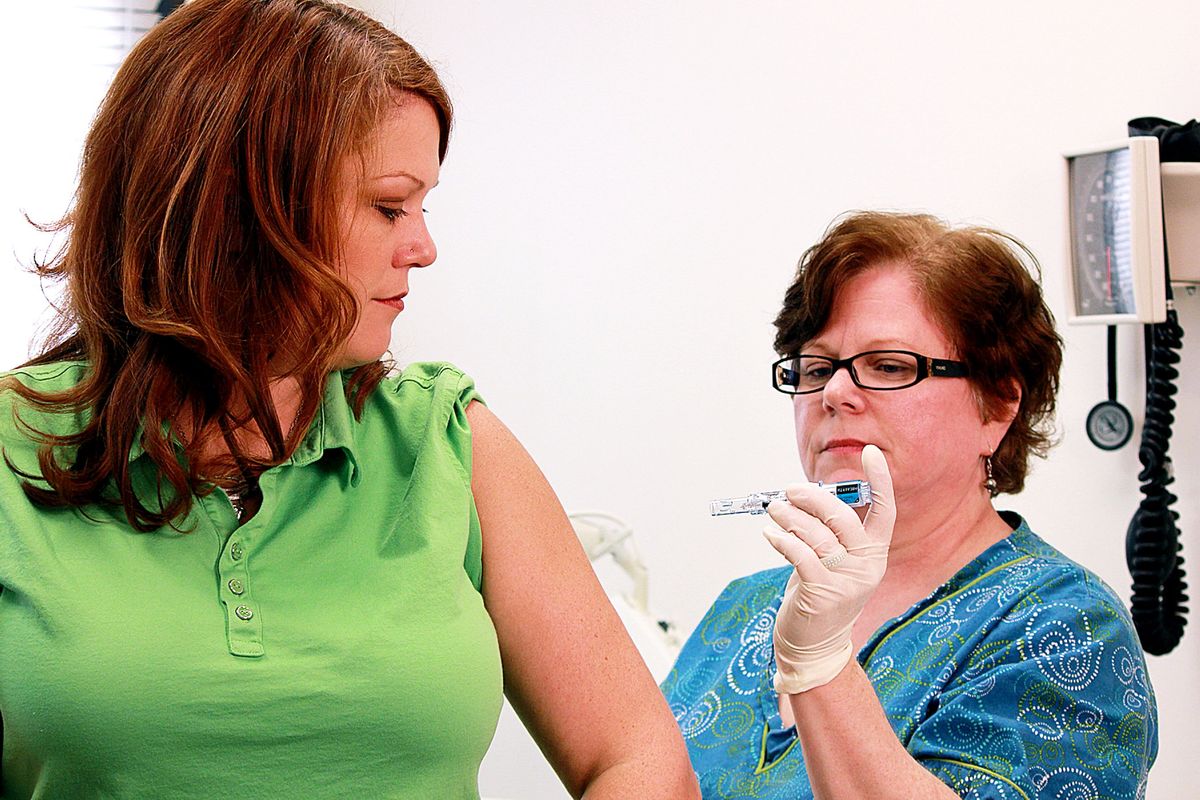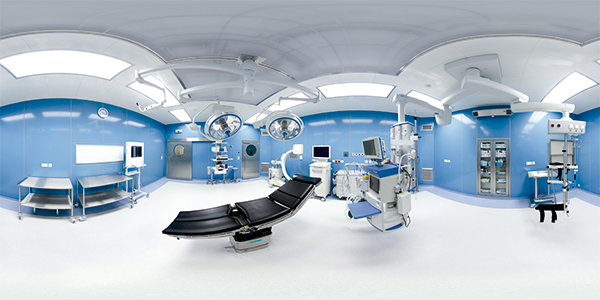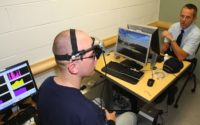New Short Flu Test May Save NHS £24 Million a Year, but More Data is Needed
The new CobasLiat flu test can diagnose a patient in 20 minutes and has helped cut down the numbers of unnecessary admissions, freeing up hospital beds in pilots at two NHS trusts, but Public Health England warms that there is not enough data on the effectiveness of the new technology.

The patients usually have to wait for their tests to be sent to a laboratory, taking several days to get the results back. This means that often the patients are put into needless isolation, which can significantly affect bed management.
The new test, however, allows medical staff to take a throat swab and analyze it with a machine in order to address a patient’s symptoms more quickly. The manufacture of the test, Roche Diagnostics have said that it could save the NHS as much as £24 million a year if it can be distributed across England.
There are a number of tests coming on to the market. Some adopter trusts have found benefits, but specialists focusing on infectious diseases at Public Health England have said that there has yet to be a national assessment of the test’s cost effectiveness.
The test can be used to detect more than 40 different strains of influenza, as well as seven respiratory syncytial virus, which is a leading cause of respiratory disease, according to Roche Diagnostics. Some hospitals began using the test in January, including Norfolk and Norwich University Hospitals NHS Foundation Trusts. 46 percent of the tests came out positive, 128 out of 277, and led to more efficient use of side rooms as well as quicker diagnoses.
The number of beds that were being used dropped from 11 before the test to two after the test on average. The number of patients with the flu dropped from just over 12 to 2.7. According to the trusts, the facilities could save £142,555 by using the test over the flu season, although this doesn’t account for the cost of the test kits. £104,125 of this money saved would come from day beds, £7,560 in blocked beds, and £30,870 in admissions that will be avoided.
Another NHS Foundation Trust using the test is Kingston Hospital in London. It was introduced in their emergency department and acute assessment unit. The hospital is in an area with a high elderly care rate, making the flu season more severe. The test was implemented after a large number of patients were unnecessarily isolated during the flu season of 2016 and 2017.
The hospital conducted 1,526 tests over a period of 19 weeks. It found that only 479 came back positive, 65 percent of the cases discharged or didn’t require isolation after other health risks were ruled out. However, the fast diagnosis meant that 33 percent of patients who tested negative were discharged on the same day because they were otherwise well, which avoided needless admissions.
While Roche Diagnostics was quick to call the results a victory, Public Health England remains adamant that there is not enough data to warrant an equivocal acceptance of the early adopter tests.
An expert in medical negligence claims explains that winter is particularly tough for NHS because they are overwhelmed with flu patients. The new test seems to have helped NHS hospitals during this difficult season. Nearly a fifth of their hospitals have failed to meet any national waiting-time targets within the last year, figures show. The BBC conducted an investigation and found that out of 157 hospital trusts across the United Kingdom, 29 of them had not hit a single target for the year, with Northern Ireland performing the worst with all five of its trusts failing cancer, A&E, and routine operations every month in 2017 and 2018. Wales hasn’t met a single of its three crucial targets for at least five years. In fact, August 2017 was the last time any target was met on a national level, which was in Scotland.
Chief executive of NHS, Chris Hopson, also warned that the coming winter’s flu season is expected to be even more challenging than last year. With pressure on the NHS to treat patients and provide beds, it seems the tests, whether perfect are not, will be helpful to hospital trusts. Only time will tell how effective they truly are.


